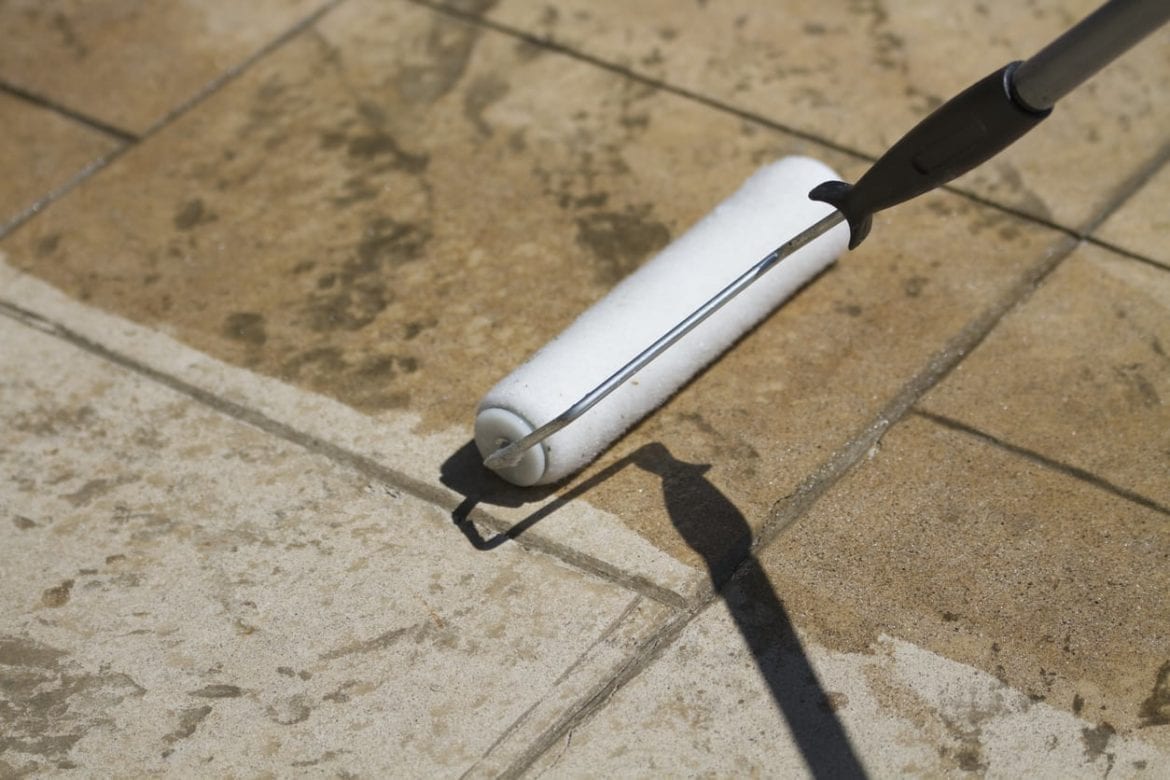When you have concrete, and you know that you have to seal it with a concrete sealer, the next step is figuring out which sealer to purchase. Once you have done all of your research and purchased a sealer that shipped to your home – no problems – you are now ready to start the application process. If you ready all of your materials, clean the concrete, acid etch the surface, and wait the requisite amount of time, you just have one more thing to make sure of: the temperature.
Concrete sealer is a chemical mixture that contains particles of chemical sealant suspended in either water or a chemical solvent. Either way, the sealers have to be stored and applied at certain temperatures to be at their most effective. To begin with storage, concrete sealers should not be stored frozen, nor should they ever be at risk of freezing. A frozen concrete sealer will feature less effective particles of chemical sealant, rendering if significantly less effective when it actually is applied (though you may not be able to tell the difference). As many concrete sealers are water-based, which are undoubtedly better concrete sealing options, they are also at risk for freezing (you still should not allow a solvent-based product to freeze either, though it will be more difficult to make happen).
Similarly, there are some general temperature guidelines to keep in mind when applying the concrete sealer to the concrete slab as well. First off, the surface of the concrete and the environment of the room in which the concrete sealer is being applied should not dip below around 50 degrees Fahrenheit. Below 50 degrees Fahrenheit, the concrete is too cold to allow the concrete sealer to penetrate or bond to the surface effectively, depending on which type of sealer you are using. The concrete and the room in which it is being applied should not exceed approximately 90 degrees Fahrenheit either, nor should it be applied in direct sunlight. If you find yourself with a surface that is too hot, wait for a cooler day or wait until nightfall. Similarly, if you have a surface that is too cold, try using a space heater to heat up the (for example) basement to a more agreeable temperature before applying the concrete sealer. While this may some extra effort, the concrete sealer will penetrate or adhere better, which is better for the concrete in the long run.

